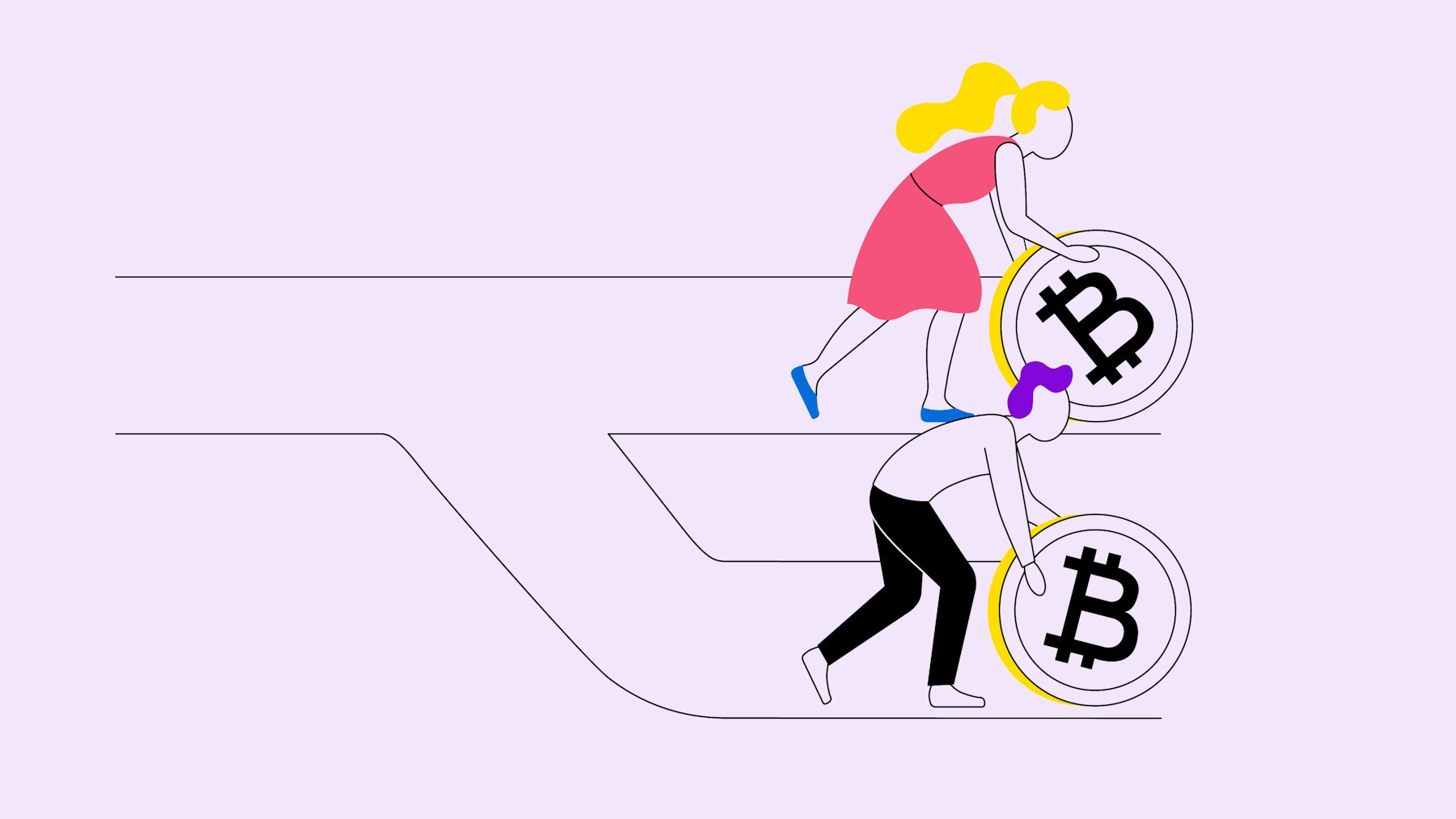SegWit - a soft fork of the Bitcoin blockchain
Those who championed the proposal called “SegWit” believed that it wasn’t necessary to increase Bitcoin’s block size forever. They thought this would cause scaling issues; you would need a lot of hardware resources to run a node. More importantly, they believed in the block size limit of one megabyte which Satoshi Nakamoto had added into Bitcoin in 2010.
To keep in line with Nakamoto’s vision, this group worked on trying to find a way to allow more transactions per block while keeping the maximum block size the same and SegWit was the result. While we’ll delve into the details of SegWit further in another article, this change in protocol basically involved removing (segregating) the “witness” - data from the list of inputs which was needed to check the validity of transactions but was not needed to determine transaction effects. Thus, SegWit is a soft fork from the original Bitcoin blockchain.
The other group who wanted to scale Bitcoin disagreed. Supporters of this group felt SegWit was too complicated and contested the block size limitation. How could Bitcoin become the future dominant currency when it was averaging seven transactions per second? Why not just increase the block size and let the network handle more? As the groups were unable to agree on how to proceed, thus the final result was what is called a “contentious” fork.
A contentious hard fork - Bitcoin Cash (BCH)
On August 1, 2017, the Bitcoin network hard-forked, meaning that some users sided with the SegWit group and others sided with the block size group. As a result, the Bitcoin blockchain split in two: the original Bitcoin blockchain implemented SegWit and the block size group supported the emergence of Bitcoin Cash, which has since evolved into one of the most important altcoins. Therefore, Bitcoin Cash is a hard fork from the original Bitcoin blockchain.
Temporary Fork
The third type of fork is a circumstance inherent in a Proof of Work mining process. In this situation, two miners in a network discover a block at the same time, the blockchain temporarily splits into two competing blockchains. In this case, the longest blockchain is regarded as the “true” blockchain and the shorter blockchain is abandoned.
Spin-off coins
Spin-off coins are created on an existing cryptocurrency’s open source code in order to create a new currency project with new features, such as Litecoin.
Differences between a Hard Fork and Soft Fork
The main difference between a hard fork and a soft fork is how necessary it is to update node software in order to continue participating in the network. The nodes in the new version of the blockchain accept the rules of the old blockchain for a certain amount of time, along with the new rules and the network maintains an old version while the new version is created.
The main difference between a hard fork and soft fork is essentially that the change in protocol is gradual.
After the implementation of a soft fork, users who have full copies of the blockchain in question can follow both the old and the new rules up to a point, rendering this blockchain “backwards compatible”. Miners, who are the key to a successful soft fork as well, decide how long this period lasts. The final result is one new valid blockchain with only the majority of the miners needing to upgrade their software.
